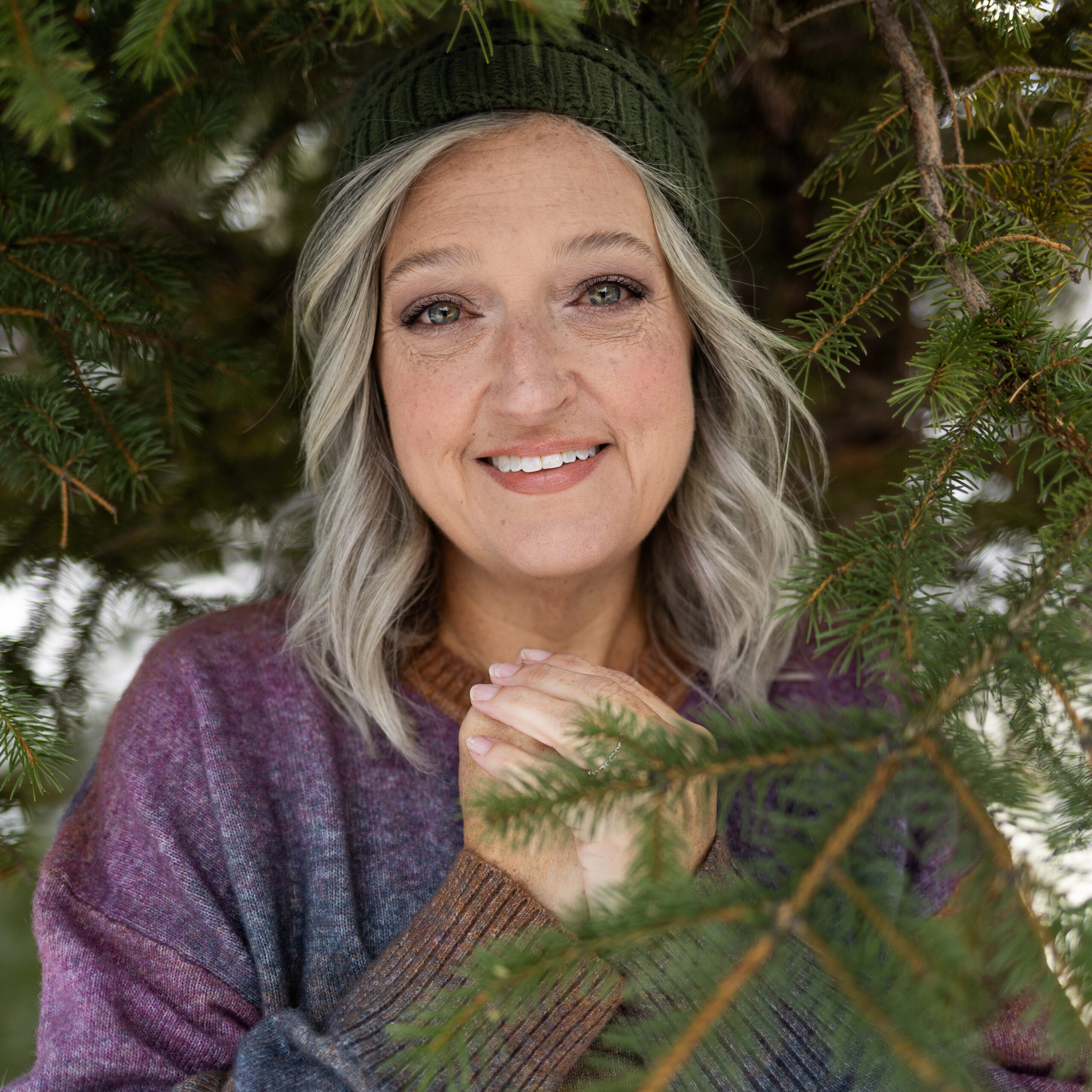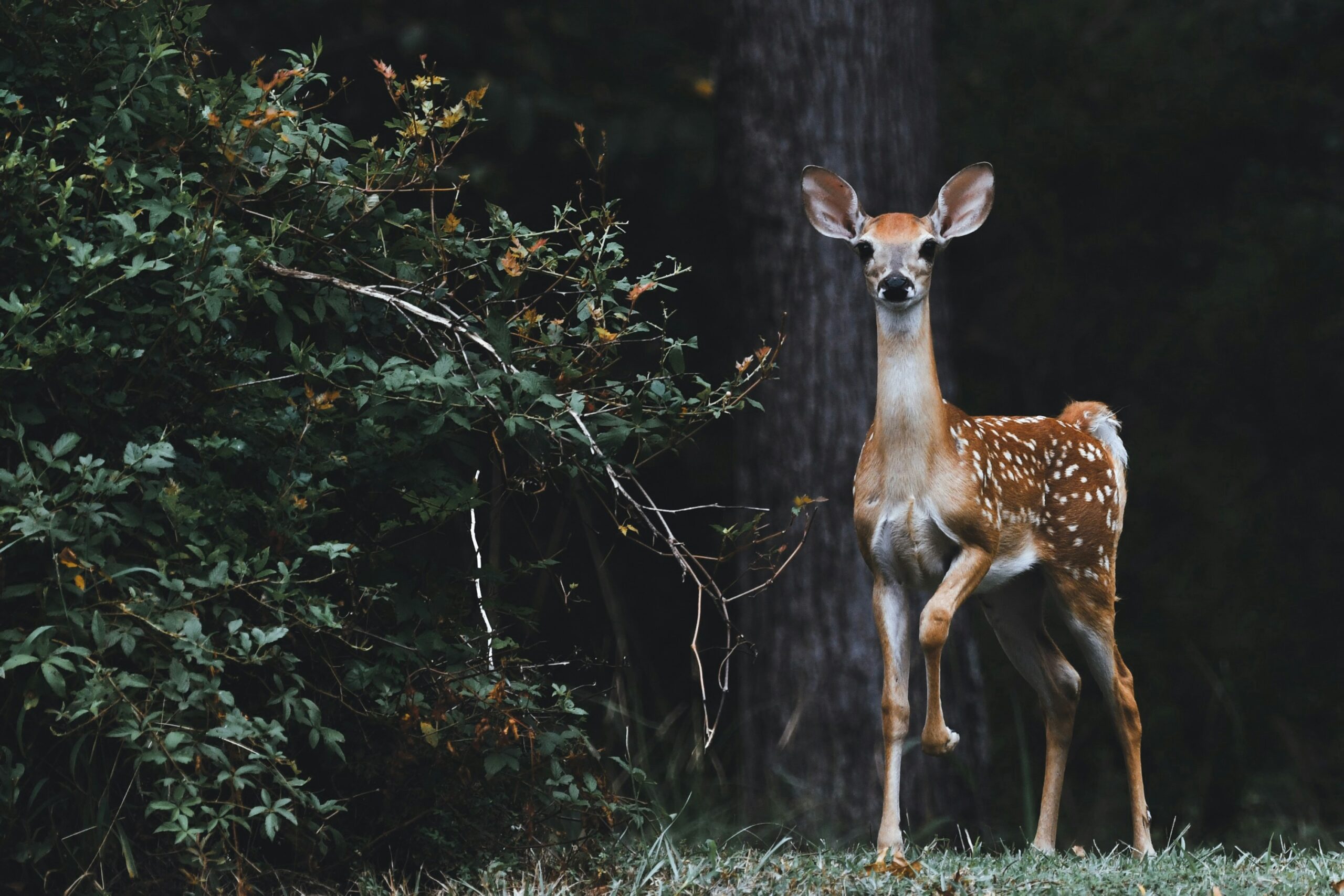When most people think about how we react to stress or danger, they picture the familiar
fight, flight, or freeze responses. But there’s another, lesser-known response that is just as
important to understand: the fawn response.
The fawn response shows up when we try to protect ourselves by appeasing
others: people-pleasing, smoothing over conflict, or abandoning our own needs in hopes of
staying safe. Unlike fight or flight, which take us outward, or freeze, which shuts us down,
fawning looks like surrendering who we are in order to maintain connection.
Why We Fawn
Fawning often develops as a survival strategy when fight or flight doesn’t work—or isn’t
safe. For many, this pattern begins in childhood if approval or safety depended on pleasing a
caregiver. As adults, the fawn response can feel automatic, even when the danger is long
past.
It might sound like:
- “If I can keep them happy, maybe I’ll be okay.”
- “My needs don’t matter as long as everything stays calm.”
While fawning may have once been protective, over time it can leave us feeling
disconnected from ourselves, unsure of what we want, need, or even who we are.
Everyday Signs of the Fawn Response
- Struggling to say “no” without guilt
- Minimizing your own feelings to avoid conflict
- Agreeing outwardly while disagreeing inwardly
- Over-apologizing or taking responsibility for others’ emotions
- Feeling exhausted from managing everyone else’s needs
A First Step Toward Healing
If you recognize yourself in the fawn response, you’re not alone. Healing begins with small
acts of self-connection. One practical place to start is practicing curiosity. The next time you
feel yourself wanting to fawn, take a breath and get curious with yourself about why you are wanting to fawn.
This gives your nervous system time to settle, and it creates space for you to ask yourself:
What do I actually want here? And then respond from this calm and clearer state.
Over time, slowing down and remaining curious helps rebuild the connection to your own needs and
voice, the very parts of you that fawning once pushed aside.
A Reflection Question
Pause for a moment and ask yourself:
“When do I notice myself putting someone else’s needs ahead of my own, even when it hurts
me?”
Bringing gentle awareness to these moments is the first step toward change.

Keri Corn, LAC

